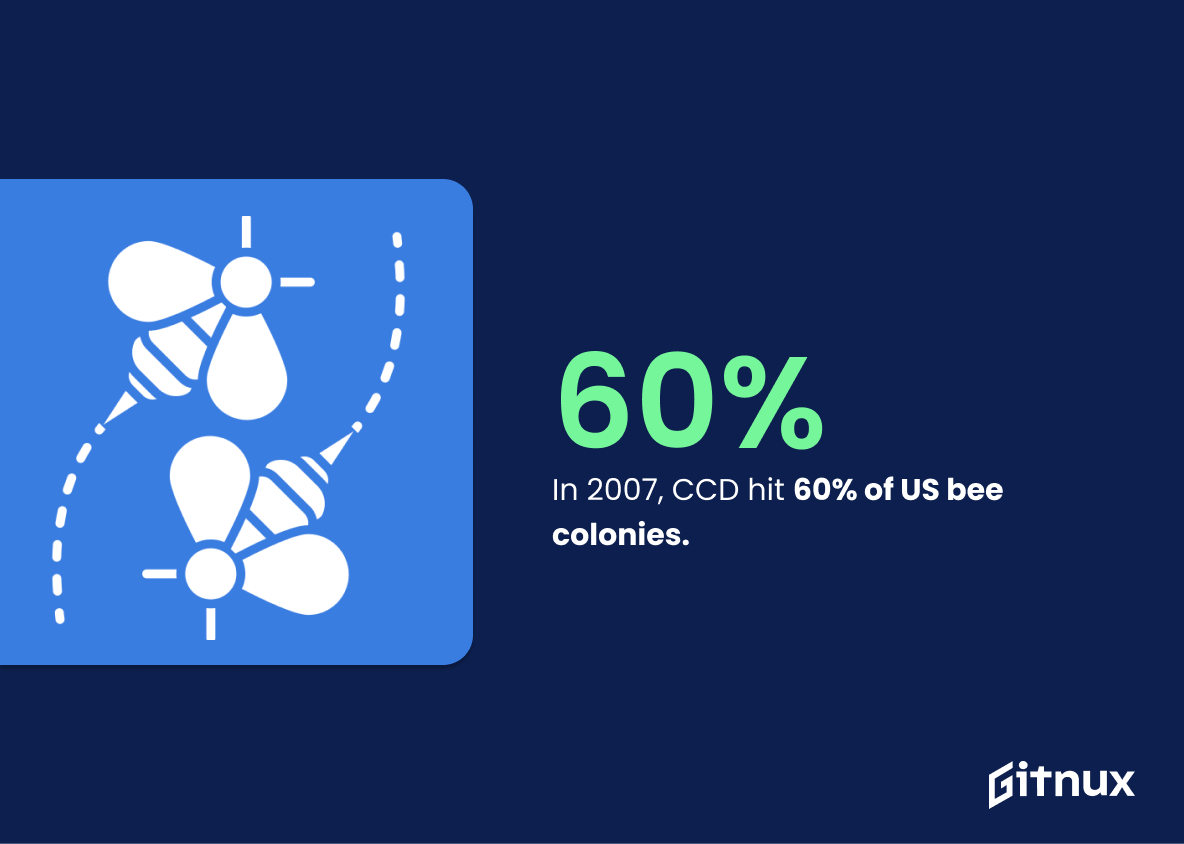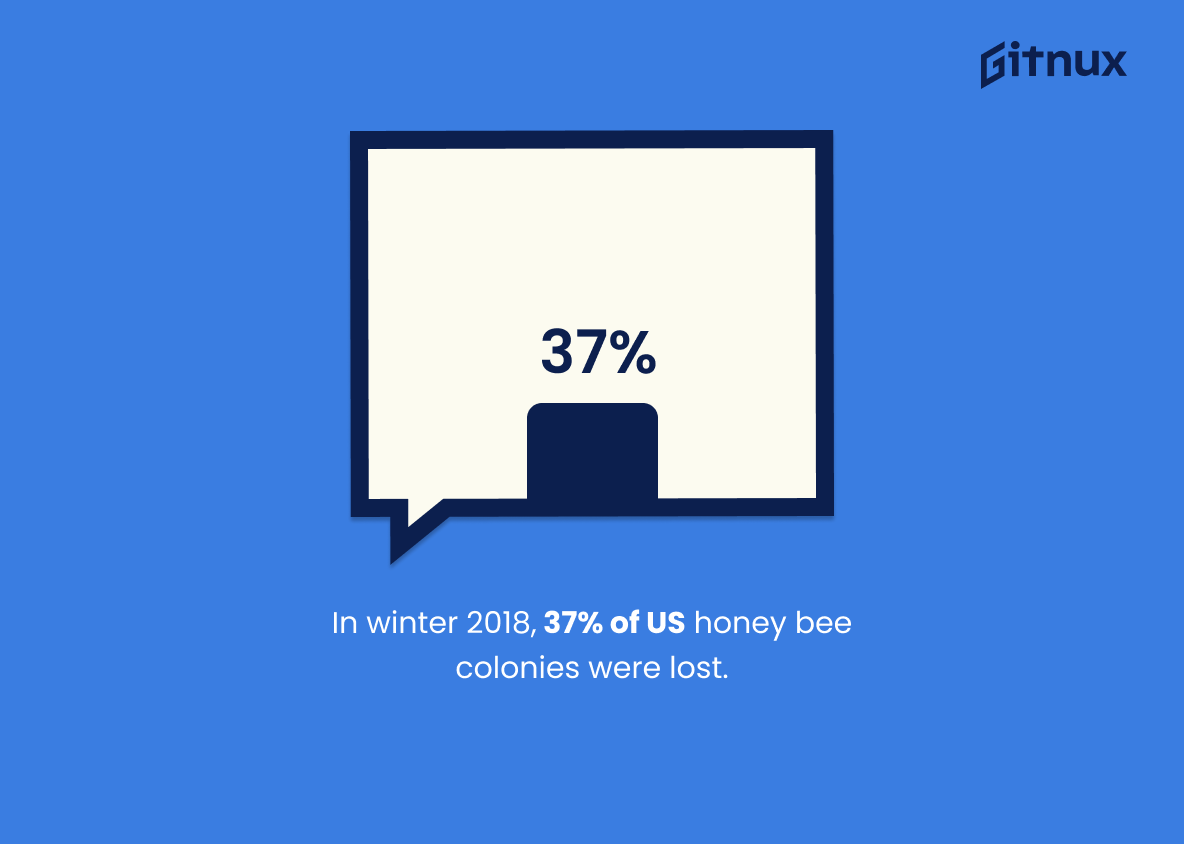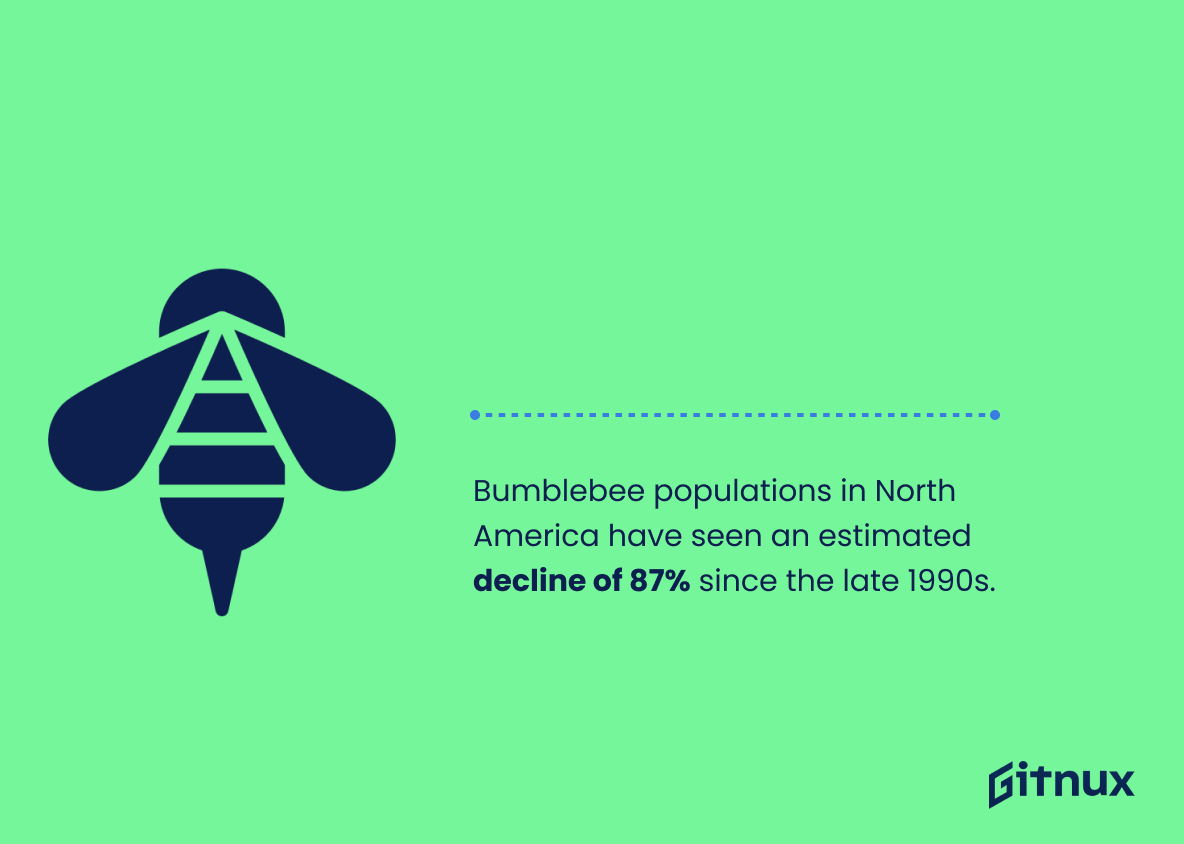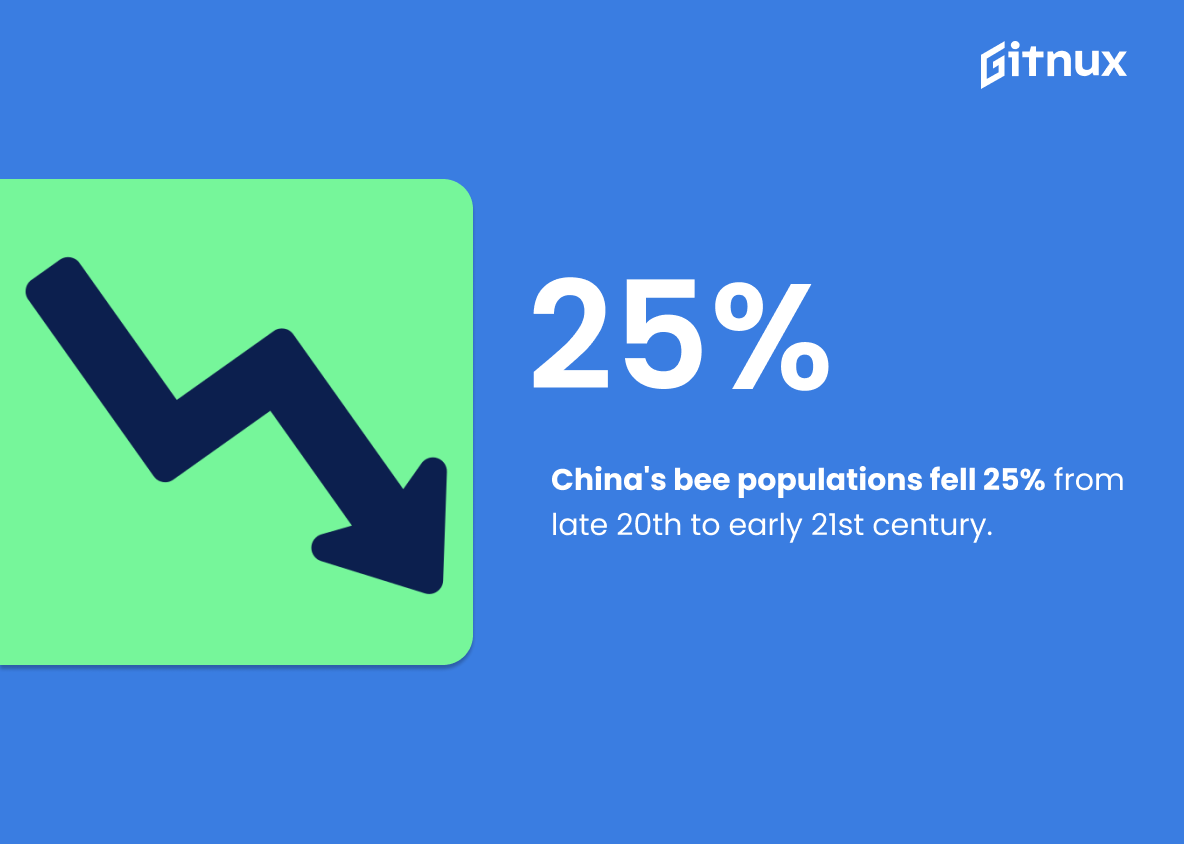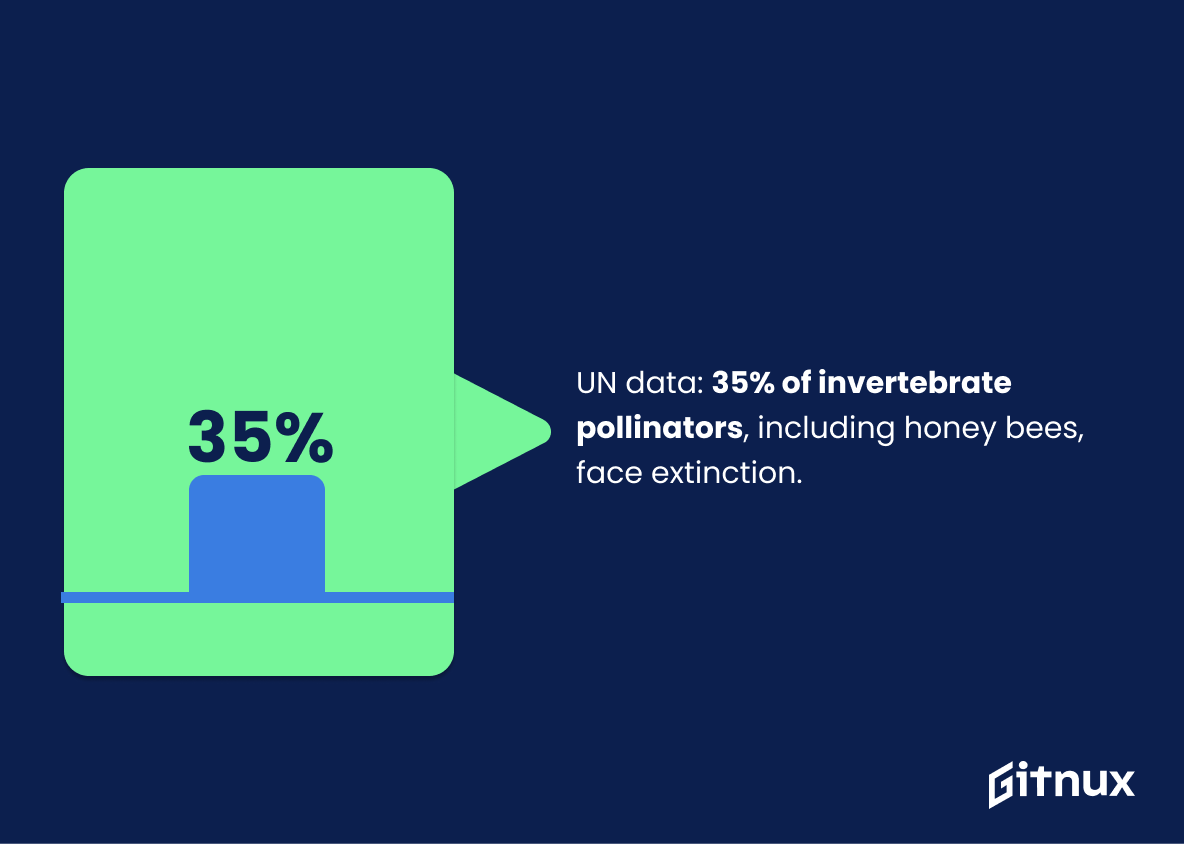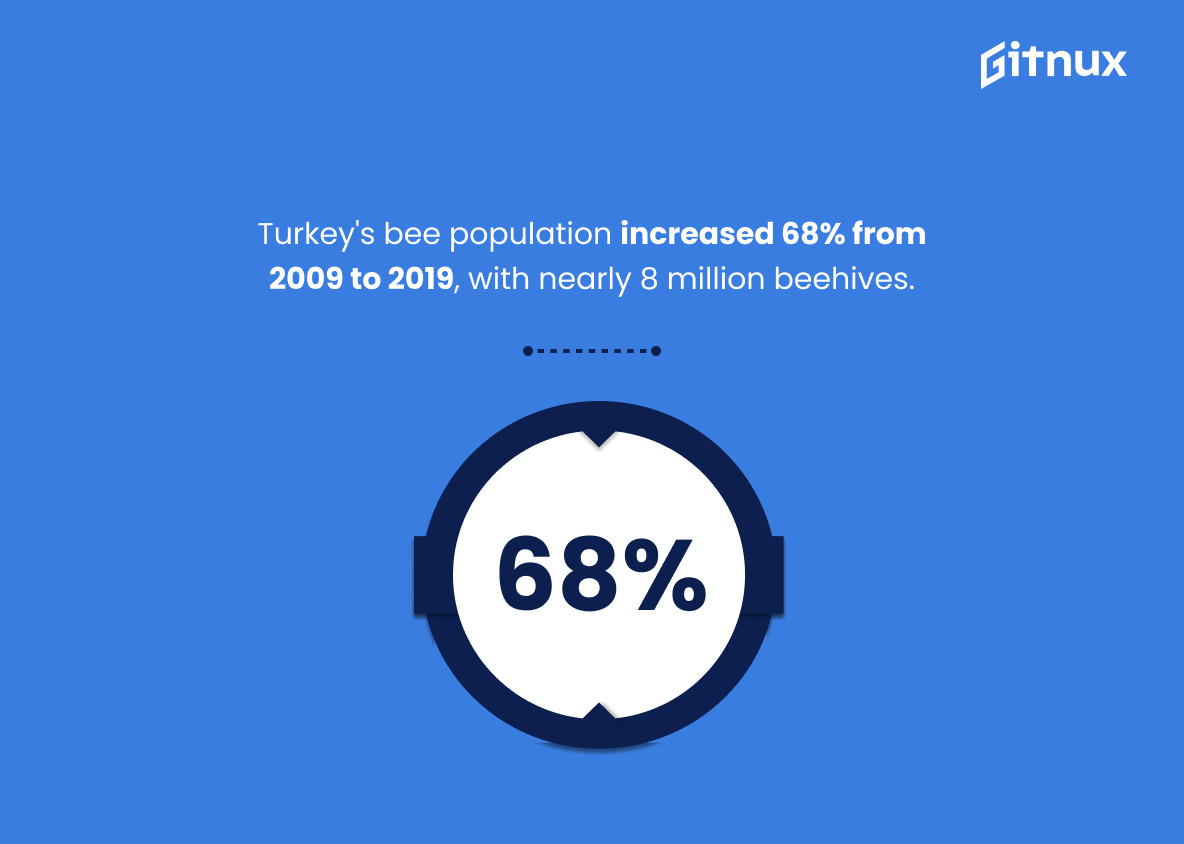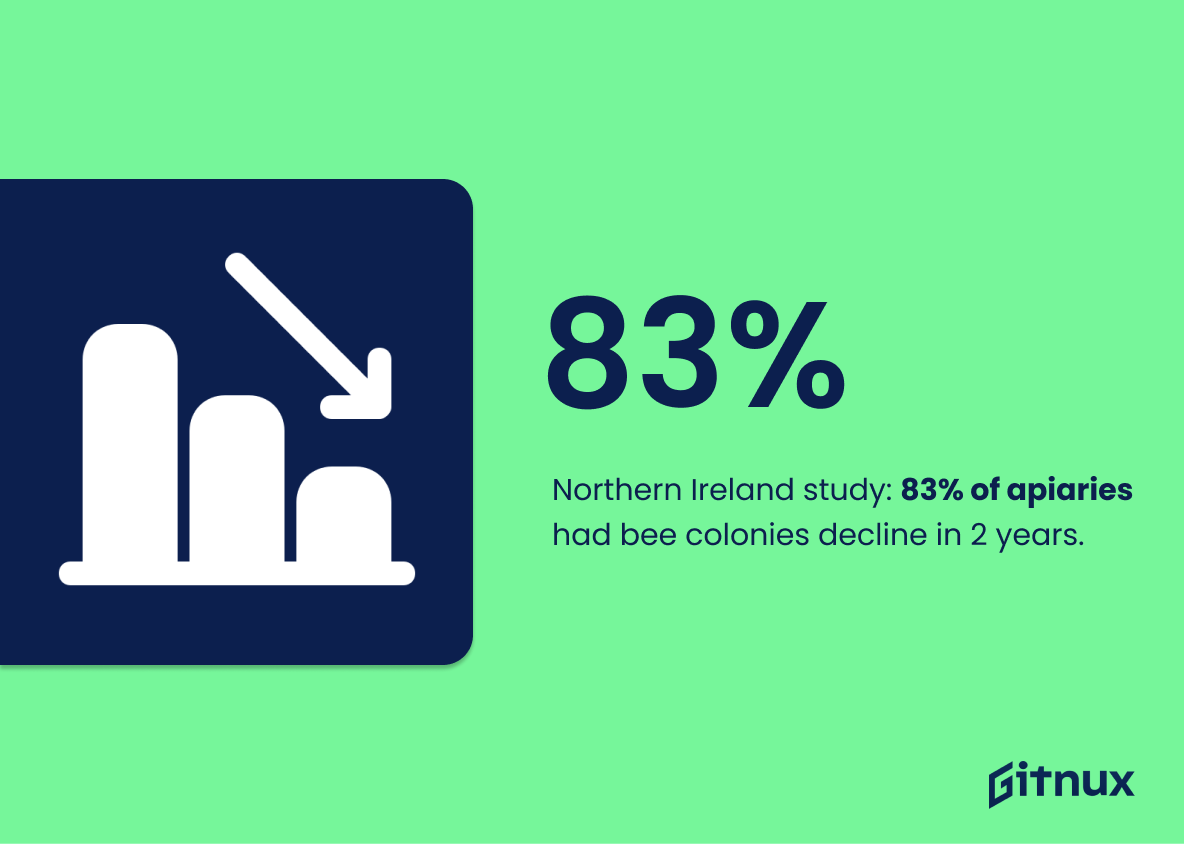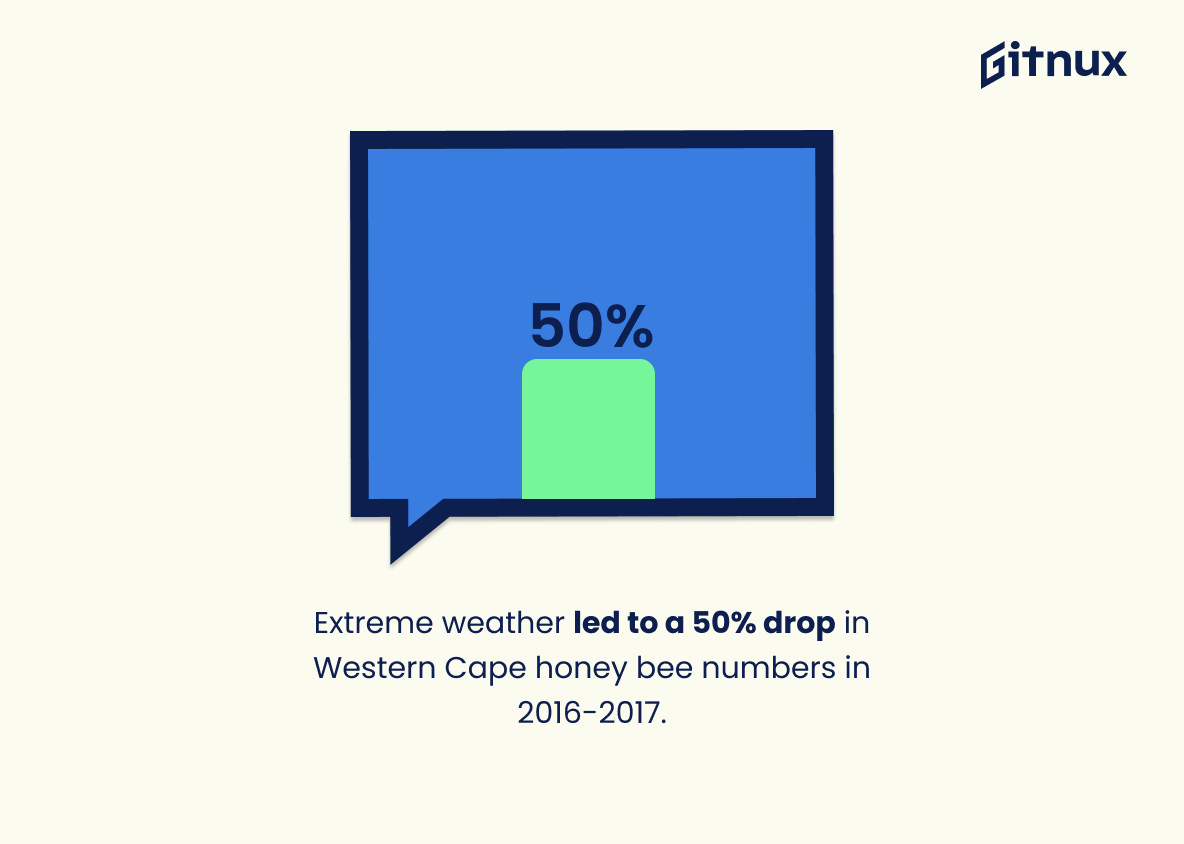Bee populations around the world are in decline, with some species facing extinction. This blog post will explore recent statistics on bee population declines and increases from various countries across the globe. We’ll look at honey bees, bumblebees, wild bees specializing in certain plants and habitats, as well as other managed colonies of bees. The data presented here comes from a variety of sources including government agencies such as the US Environmental Protection Agency (EPA) and Harvard School of Public Health; research institutions like Indiana University’s Environmental Resilience Institute; news outlets such as BBC News and Bloomberg; international organizations like IPBES (Intergovernmental Science-Policy Platform on Biodiversity & Ecosystem Services); scientific journals like Nature Communications; conservation groups such as Bee Informed Partnership; universities including New Zealand Bees Net.; agricultural centers like USDA ARS Beltsville Agricultural Research Center ;and more. By examining these numbers we can gain insight into how different regions have been affected by changes to their local environment or human activities that may be impacting bee populations worldwide.
This statistic is a stark reminder of the alarming decline in honey bee populations in the United States since 1947. It serves as a wake-up call to the importance of protecting and preserving these vital pollinators, and the need to take action to reverse this trend.
Over the past 15 years, European bee populations decreased in size by 25%.
This statistic is a stark reminder of the alarming decline in European bee populations over the past 15 years. It serves as a wake-up call to take action and protect these vital pollinators before it’s too late.
Bee Population Statistics Overview
Colony collapse disorder (CCD), a phenomenon where bee colonies rapidly die, affected 60% of US beekeepers in 2007.
This statistic is a stark reminder of the devastating effects of Colony Collapse Disorder on beekeepers in the United States in 2007. It serves as a powerful illustration of the fragility of bee populations and the need for further research and action to protect them. It is a call to action for anyone interested in the health of bee populations and the environment as a whole.
In the winter of 2018, 37% of managed honey bee colonies in the United States were lost.
This statistic is a stark reminder of the devastating impact that the winter of 2018 had on managed honey bee colonies in the United States. It serves as a reminder of the fragility of the bee population and the need for us to take action to protect them.
Bumblebee populations in North America have seen an estimated decline of 87% since the late 1990s.
This statistic is a stark reminder of the alarming rate at which bumblebee populations in North America have been dwindling over the past two decades. It serves as a powerful illustration of the devastating effects of human activity on the environment and the need for urgent action to protect these vital pollinators.
In the UK, wild bee species specializing in certain plants and habitats have suffered a 42% decline since the mid-1980s.
This statistic is a stark reminder of the alarming rate at which wild bee species are disappearing from the UK. It paints a picture of a rapidly deteriorating environment, one in which the vital pollination services provided by these species are being lost. This is a cause for concern, as the decline of wild bee species could have a devastating impact on the UK’s biodiversity and agricultural production.
Since the 1960s, the number of beehives in New Zealand has increased from 200,000 to over 800,000 in 2020.
This statistic is a testament to the remarkable progress made in the conservation of bee populations in New Zealand. It shows that, despite the many challenges faced by beekeepers, the number of beehives has more than quadrupled in the past 60 years. This is a remarkable achievement and a testament to the dedication of beekeepers and conservationists in New Zealand.
China experienced a 25% decline in its overall bee populations from the late 20th century to the early 21st century.
This statistic is a stark reminder of the alarming decline in bee populations in China over the past few decades. It serves as a warning that if we do not take action to protect bee populations, the consequences could be dire. This statistic is a call to action for us to take steps to protect and preserve bee populations in China and around the world.
The honey bee population in Scotland fell by 79% between 2018 and 2019 due to harsh weather.
This statistic is a stark reminder of the fragility of the honey bee population in Scotland. The 79% decrease in just one year is a dramatic illustration of the impact that harsh weather can have on bee populations, and serves as a warning of the potential consequences of climate change.
Brazil has lost about 500 million honey bees in just three months during 2019.
This statistic is a stark reminder of the alarming rate at which Brazil’s honey bee population is declining. It serves as a wake-up call to the world that the bee population is in danger and that urgent action needs to be taken to protect them. It is a stark reminder that the bee population is a vital part of our ecosystem and that its decline could have serious consequences for our environment.
According to United Nations data, 35% of global invertebrate pollinators, including honey bees, face extinction.
This statistic is a stark reminder of the dire situation facing global invertebrate pollinators, such as honey bees. With 35% of these species facing extinction, it is clear that urgent action is needed to protect these vital creatures and their habitats.
The honey bee population in Turkey has increased by 68% from 2009 to 2019, reaching nearly 8 million beehives.
This statistic is a testament to the success of conservation efforts in Turkey, demonstrating that with the right strategies, bee populations can be restored and sustained. It is a shining example of how, with the right resources and dedication, we can protect and nurture the bee population, ensuring that these vital pollinators remain a part of our environment.
In a two-year study in Northern Ireland, 83% of participating apiaries experienced some level of honey bee colony loss.
This statistic is a stark reminder of the dire state of honey bee colonies in Northern Ireland. It highlights the alarming rate of colony loss, indicating that the bee population is in a precarious position and in need of urgent attention. It serves as a call to action for those concerned about the future of bee populations, and underscores the importance of taking steps to protect and preserve them.
Extreme weather caused a 50% decline in South Africa’s Western Cape honey bee population between 2016 and 2017.
This statistic serves as a stark reminder of the devastating effects that extreme weather can have on bee populations. It highlights the fragility of bee populations and the need for greater protection and conservation efforts to ensure their survival. It also serves as a warning of the potential consequences of climate change, and the need for us to take action to mitigate its effects.
Conclusion
The statistics presented in this blog post demonstrate the alarming decline of honey bee populations around the world. In many countries, including the United States and Europe, honey bee colonies have decreased by 40-60% since 1947. Colony collapse disorder (CCD) has also had a devastating effect on US beekeepers with 60% experiencing losses in 2007. Between 2018 and 2019, 44% of US honeybee colonies were lost while 37% were lost during winter 2018 alone. Bumblebees have seen an estimated 87% decrease since late 1990s in North America as well as wild bees specializing in certain plants suffering 42%.
In contrast to these declines, some regions such as New Zealand experienced an increase from 200 000 hives to over 800 000 between 1960s and 2020 due to successful management practices; China saw 25%, Australia 51%, Turkey 68%, South Africa 50%; however Brazil reported 500 million dead bees within three months during 2019 due mainly to pesticide use rollback regulations . The Varroa mite is responsible for 9 % loss across Europe while Indiana University’s Environmental Resilience Institute found that their state’s population declined by 50%. According to UN data 35 % global invertebrate pollinators face extinction which could lead up 23 % drop off production levels EU 2000 – 2014 if not addressed soon enough..
Overall it is clear that there are both positive steps being taken towards protecting our precious pollinator species but much more needs be done before we can see any real improvement or reversal of current trends worldwide
References
0. – https://www.epa.gov
1. – https://www.bbc.com
2. – https://www.hsph.harvard.edu
3. – https://www.researchgate.net
4. – https://www.ceh.ac.uk
5. – https://www.ipbes.net
6. – https://www.dailysabah.com
7. – https://www.bloomberg.com
8. – https://www.pnas.org
9. – https://www.theguardian.com
10. – https://www.ars.usda.gov
11. – https://www.ewn.co.za
12. – https://www.nature.com
13. – https://www.nzbees.net
